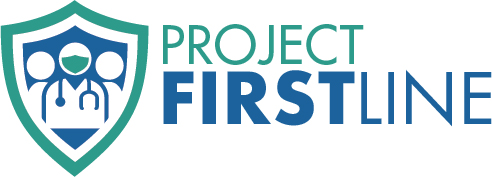Improving the health of patients
Uniting data to shield older adults from COVID-19

Long before COVID-19 struck, NCEZID was thinking about infections in healthcare settings. This allowed NCEZID to quickly create the first and only consistent source of data on the pandemic’s burden on nursing homes.
Because older adults have a higher risk of getting severely ill from COVID-19, CDC and the Centers for Medicare & Medicaid Services (CMS) mandated that long-term care facilities report their COVID-19 cases and deaths as well as shortages of personal protective equipment and staffing. More than 12,000 nursing homes complied within weeks, and now, nearly all 15,400 CMS-registered facilities are reporting to CDC’s National Healthcare Safety Network (NHSN).
The rapid success was made possible by NCEZID’s 15-year investment in NHSN, the nation’s most comprehensive and widely used system for healthcare quality measurement and improvement. These investments included making NHSN flexible enough to take on new diseases and healthcare facilities rapidly.
Project Firstline empowers healthcare workers

COVID-19 has exposed gaps in the ability to prevent the spread of infections in healthcare settings like nursing homes. In fall 2020, CDC launched Project Firstline to close those gaps by training millions of US healthcare workers to better control infections, including COVID-19. With COVID-19 supplemental congressional funding in FY20 and FY21, CDC is collaborating with healthcare and public health organizations, health departments, and academic investigators to spread the latest knowledge, science, and best practices on infection control to healthcare’s frontlines.
Spearheading the fight against the creeping killer: antibiotic resistance

Some resistant pathogens, such as ESBL-producing Enterobacteriaceae, a large family of different types of germs like E. coli, are on the rise in communities.
Antibiotic-resistant bacteria and fungi kill more than 35,000 people per year in the United States. Although CDC and other healthcare organizations have helped tamp down these infections since 2013, some resistant pathogens are on the rise in communities.
CDC will continue to lead the public health response to antibiotic resistance through the 2020–2025 National Action Plan for Combating Antibiotic-Resistant Bacteria (CARB), a US government-wide charge against antibiotic-resistant threats. CDC will continue its sharp focus on preventing the spread of resistant pathogens across healthcare, community, and the environment while building domestic and global capacity to address existing and emerging antibiotic-resistant threats.
